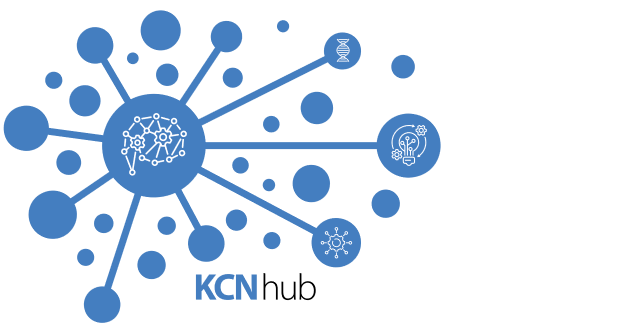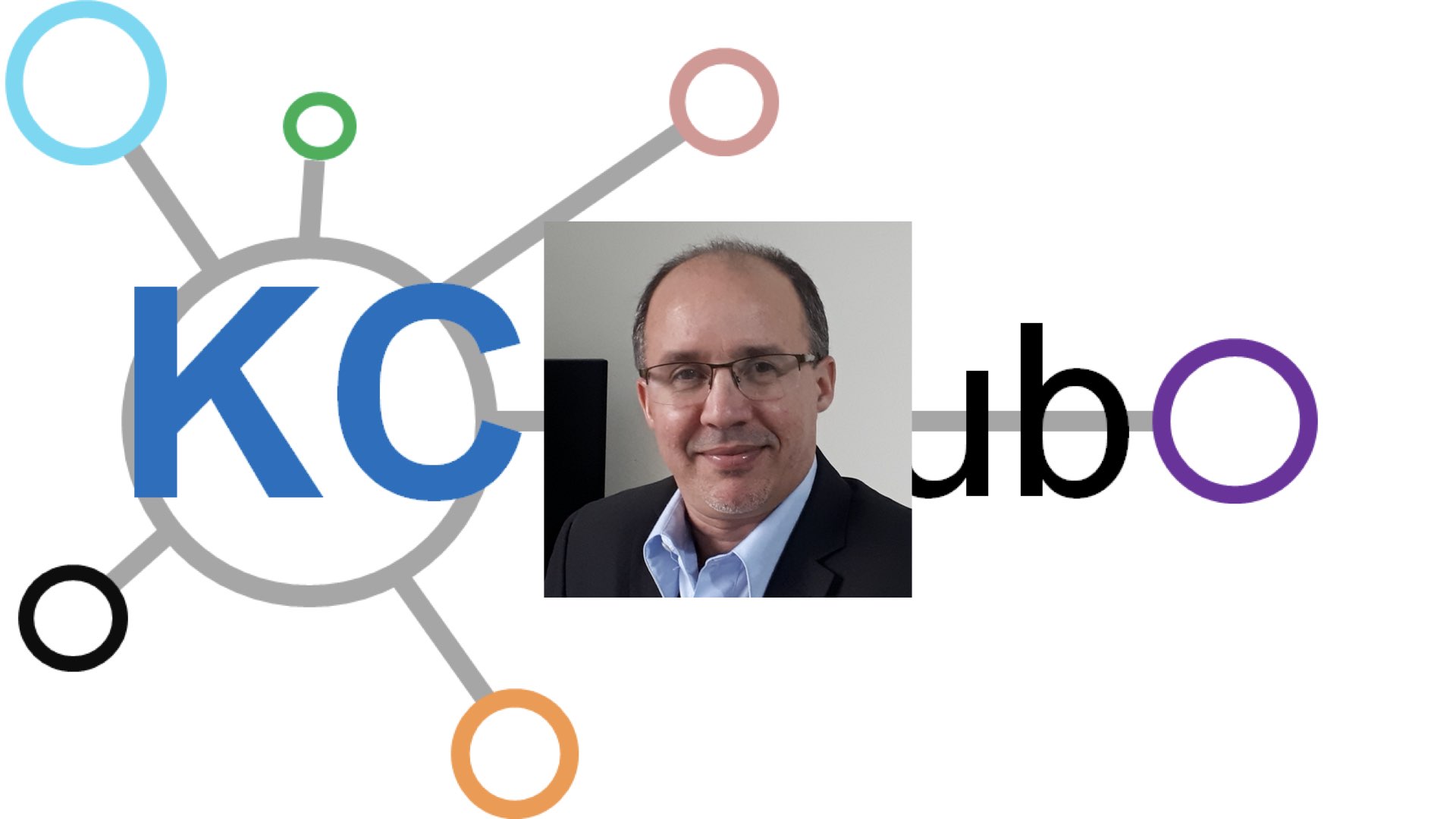Explicit modelling of brain state durations in EEG and MEG
Abstract: The study of “brain state(s)” (BS) fluctuations, during resting (and task) conditions is a topic of great current interest. Here a brain state has been associated to a specific brain dynamical regime or mode of operation, which produces a characteristic quasi-stable pattern of brain activity at topographic or network levels. It is hypothesised that the way these “discrete” BSs are visited over time (i.e. their temporal dynamics) can reflect fundamental computational properties of the brain, being present in human behaviour and Neuroimaging data. What causes a BS to change? What dynamical laws do BSs transitions obey? How does this brain state dynamics relate to a “cognitive state/process”? How can we decode brain states from data? Can we ultimately control them? These and other questions are the subject of intensive research and debate. Several data features have been proposed to capture BS transitions in different data modalities. However, irrespective of the BSs’ fingerprints left on data, uncovering their hidden dynamics is a challenging problem. In practice this means segmenting high-dimensional non-stationary time series into a discrete set of time intervals that have a useful interpretation in our domain of study. In this talk I will focus on a particular instance of this problem, namely the dynamic allocation of BSs based on magneto/electroencephalography (M/EEG) data, although most of the discussion is valid for other imaging modalities. I will review some of the most common methods currently applied in the literature to deal with this problem, discussing their advantages, disadvantages and flaws. I will then introduce a new approach that aims to resolve some of these flaws. I will use simulated data to illustrate the performance of the proposed approach relative to one of the state of the art methods, and will show preliminary results of the application of the new method to some interesting experiments.
---------------------
Recording available on kcnhub youtube channel

